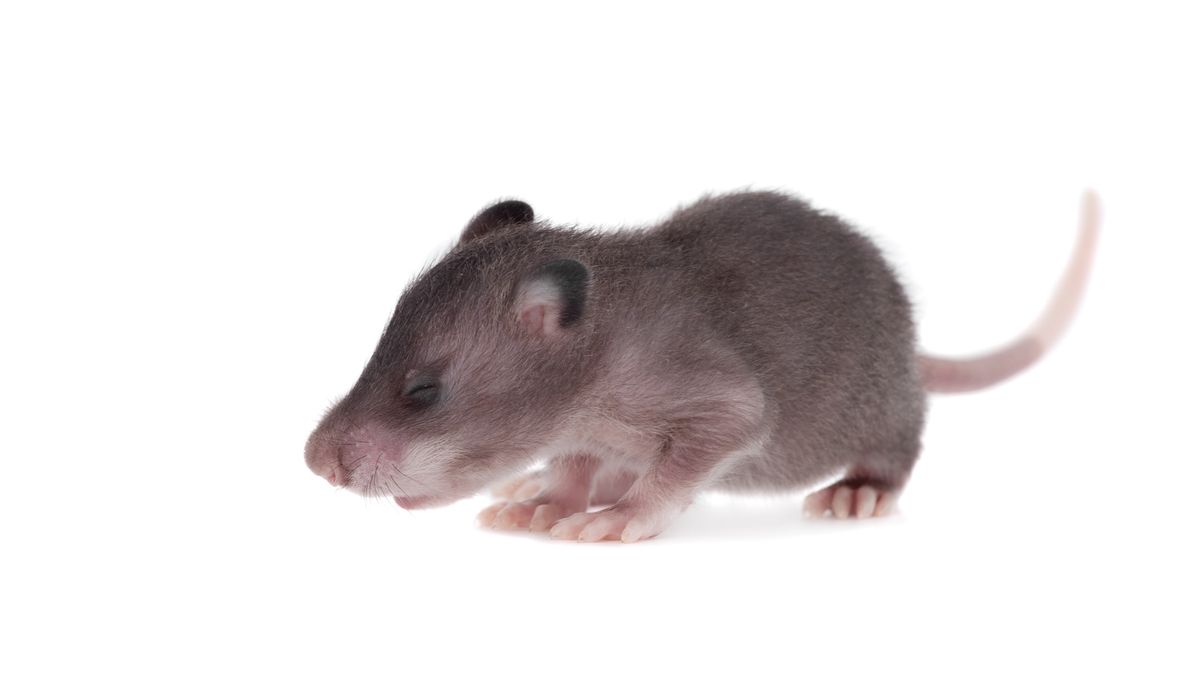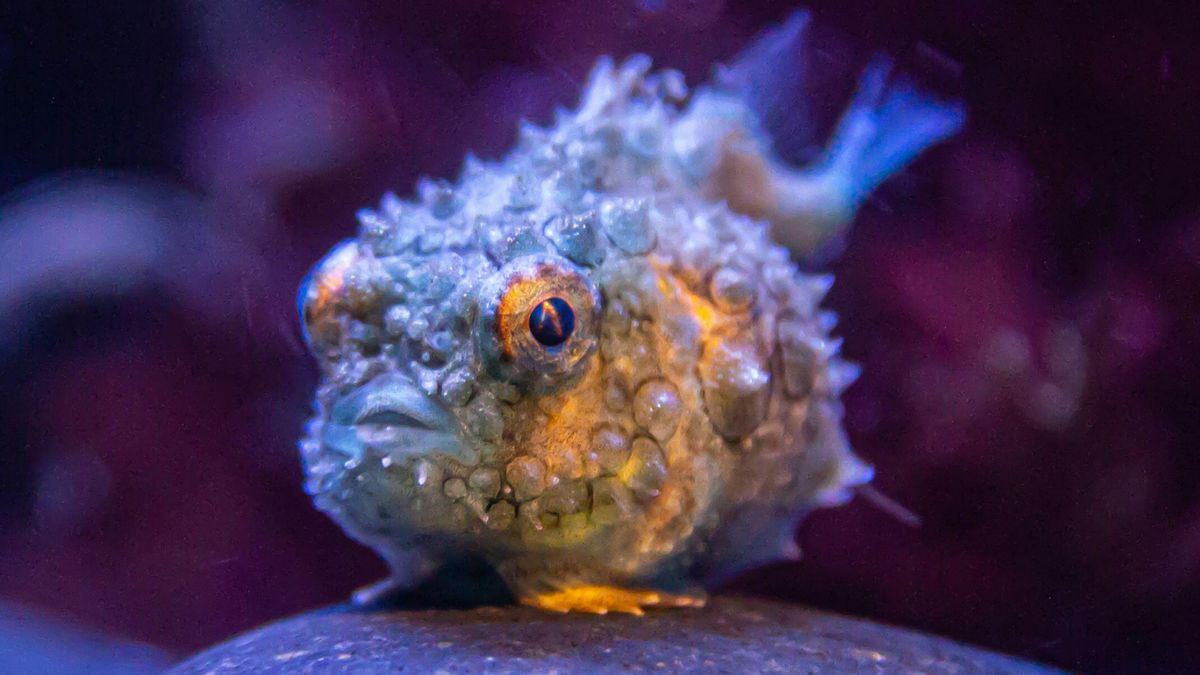Now Reading: Which Animal Reigns Supreme in the Sense of Smell?
-
01
Which Animal Reigns Supreme in the Sense of Smell?
Which Animal Reigns Supreme in the Sense of Smell?

Quick Summary
- Animals rely on their sense of smell for survival, including hunting, mating, and avoiding predators.
- Determining the “best smeller” in the animal kingdom is complex due to varied factors like genetics and ecological niches.
– Elephants have the highest number of olfactory receptor genes (1,948) among studied mammals.
– Rats are impressive detectors; Gambian pouched rats can be trained to find landmines and sniff out tuberculosis.
– Turkey vultures excel at detecting carcasses from long distances thanks to specialized olfaction mechanisms.
– Male silk moths are highly sensitive and can detect pheromones from miles away using single molecule detection.
– Sharks possess extraordinary smelling abilities under water but can’t detect a drop of blood in an ocean-a popular myth debunked by scientists.
- Humans have fewer olfactory receptor genes than many animals but remain adept at detecting fruit-related odors essential for primates’ survival behavior.
Indian Opinion Analysis
The study of different animals’ ability to smell highlights natureS inherent adaptability: each species excels based on what its environment demands. For India, where biodiversity conservation is vital, understanding such ecological specializations may guide wildlife protection policies or sustainable practices that consider environmental adaptations critical for species’ survival.
For instance, animals like Gambian pouched rats demonstrate potential utility in public health applications such as disease control or locating hazards-ideas relevant as India grapples with combating diseases like tuberculosis or managing landmine safety zones in conflict regions. Insights into olfaction research could also innovate pest control strategies without relying heavily on chemical deterrents harmful to ecosystems.
india’s outlook lies not just in admiring these findings but considering how applied science rooted in natural capabilities can serve broader societal needs while preserving global biodiversity.

























